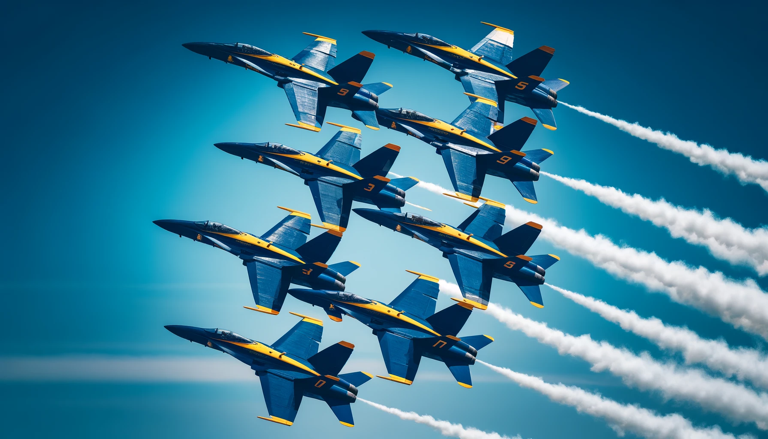Windmill Farms: Facts and Misconceptions

Windmill farms, or wind farms, have become increasingly popular as a source of renewable energy. However, along with their rise, several misconceptions have emerged. This blog post aims to clarify some common myths and present factual information about windmill farms. Fact: Windmill Farms Produce Clean Energy Windmill farms harness wind energy to generate electricity without emitting greenhouse gases or other pollutants. This makes them a critical component of efforts to reduce reliance on fossil fuels and combat climate change. Wind energy is renewable, meaning it will not deplete over time, unlike coal or oil. Misconception: Windmills Are Noisy and Disruptive One common misconception is that windmills are incredibly noisy and disruptive to nearby residents. Modern wind turbines are designe...





